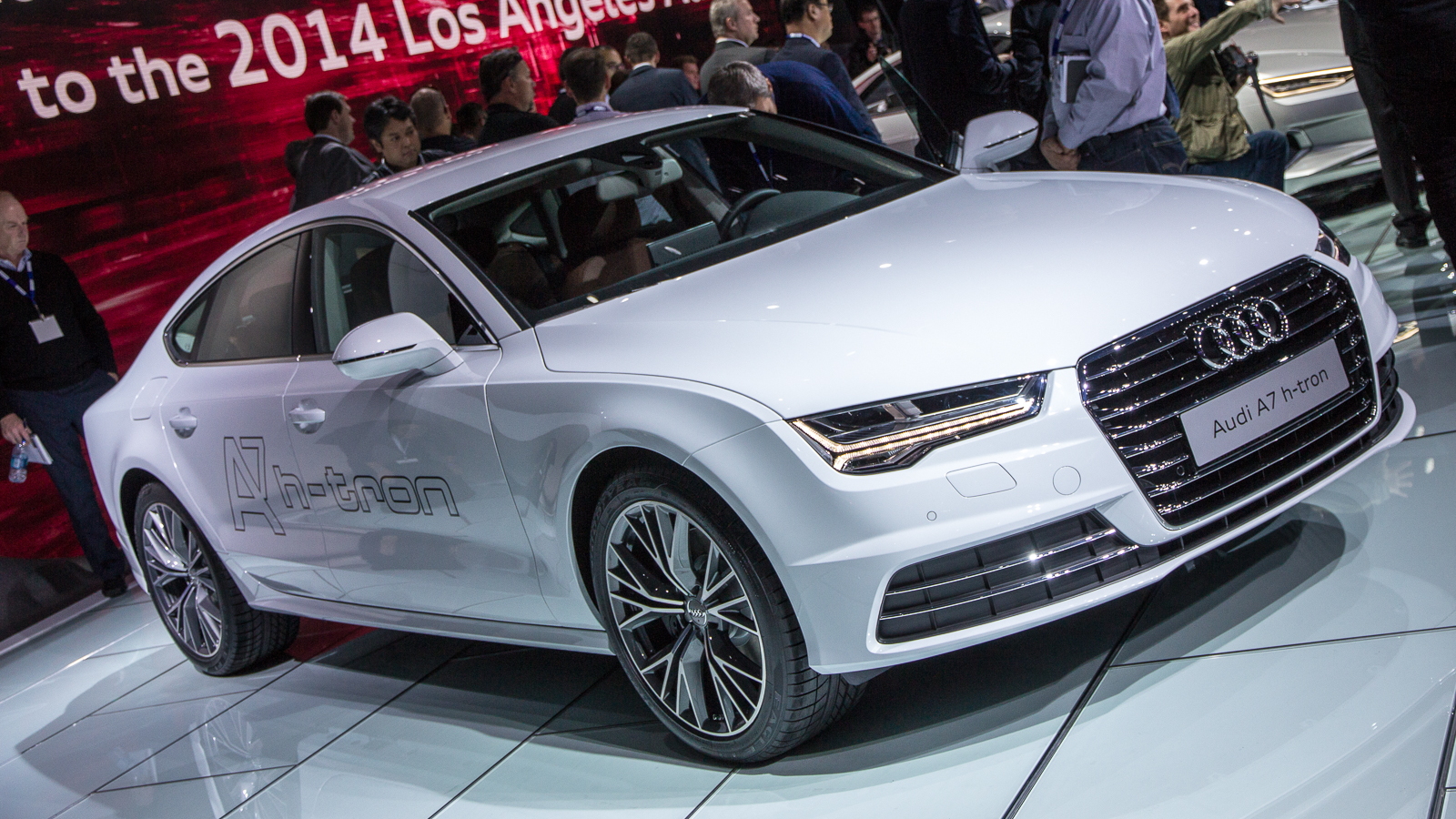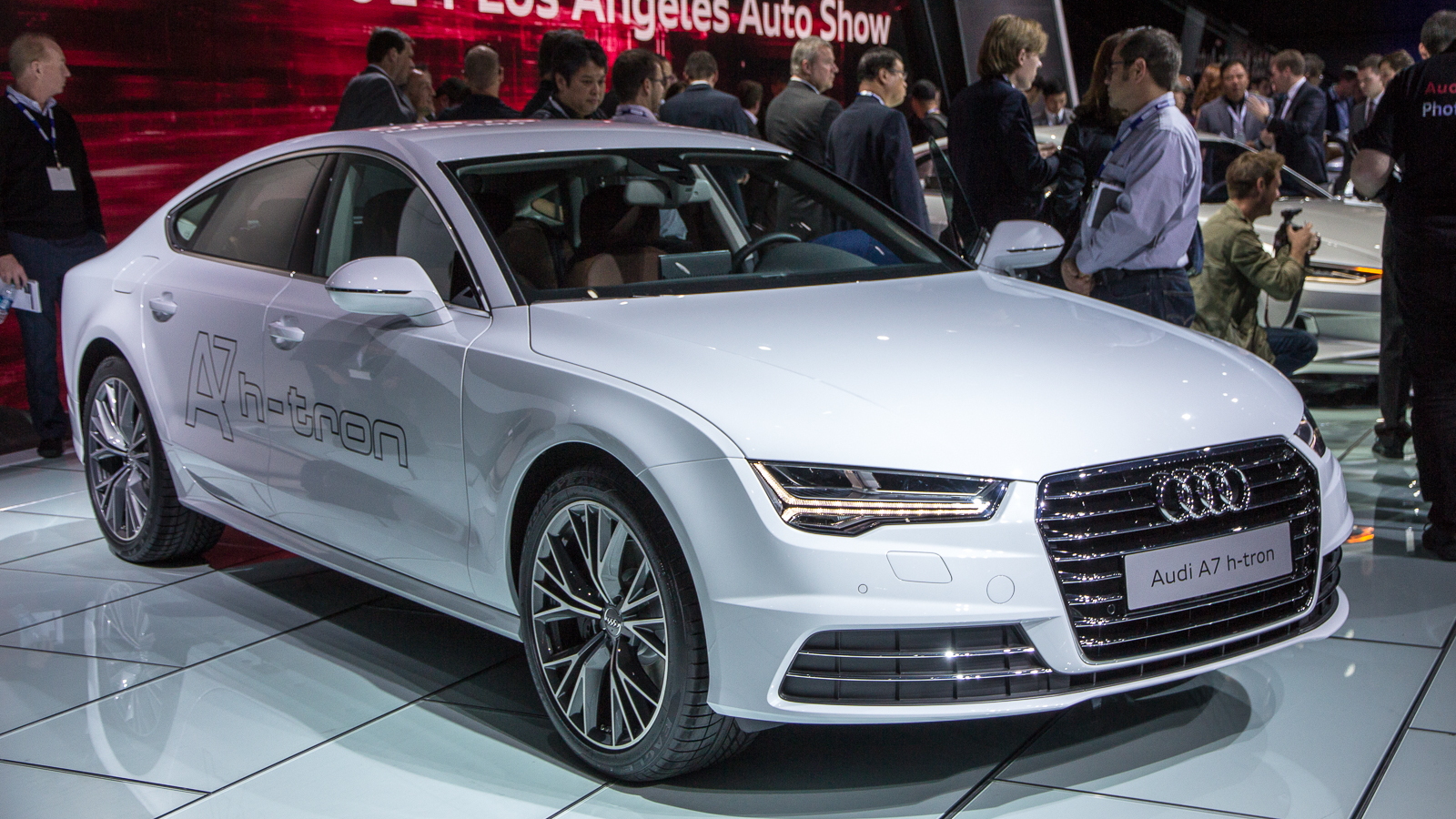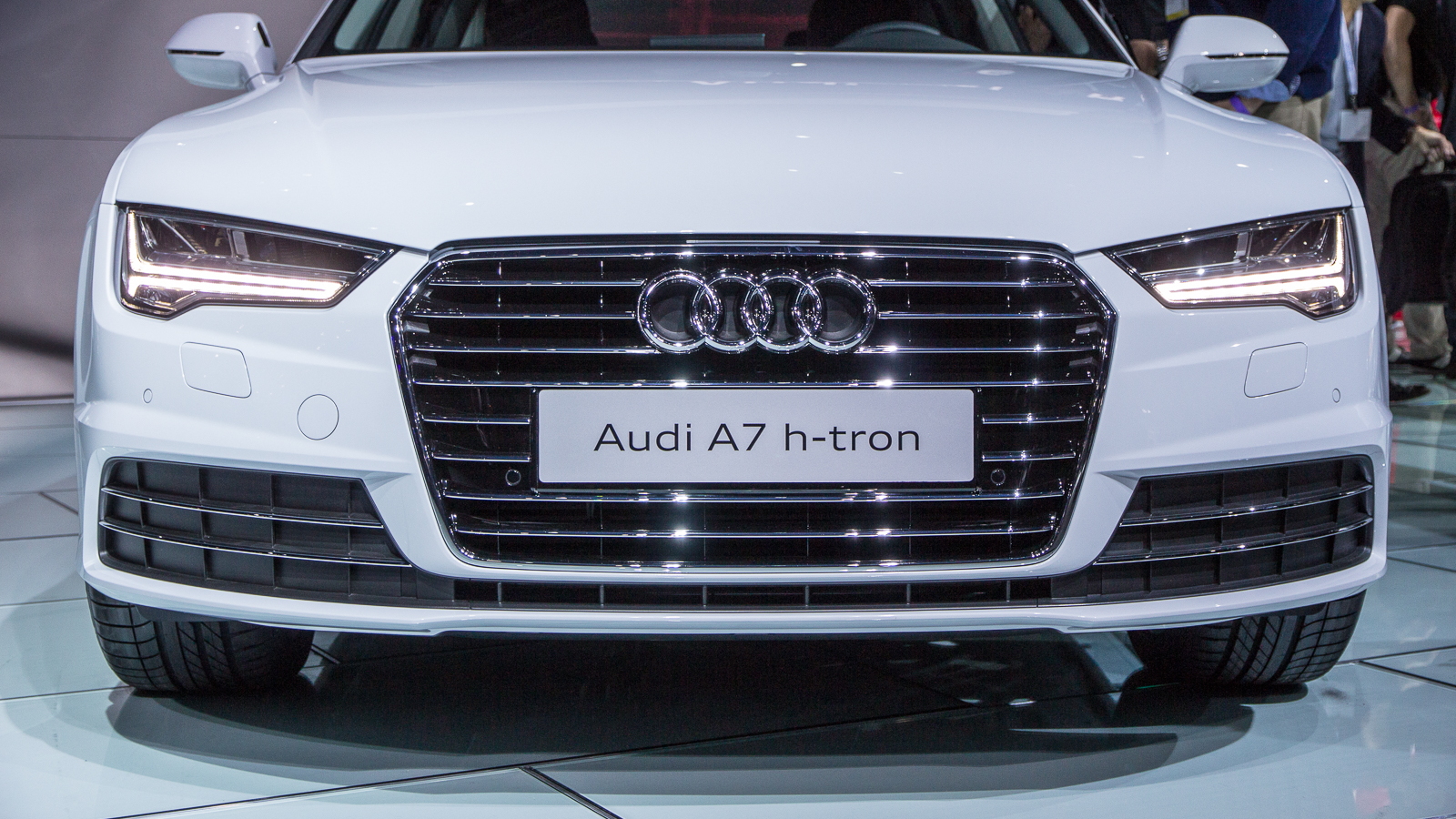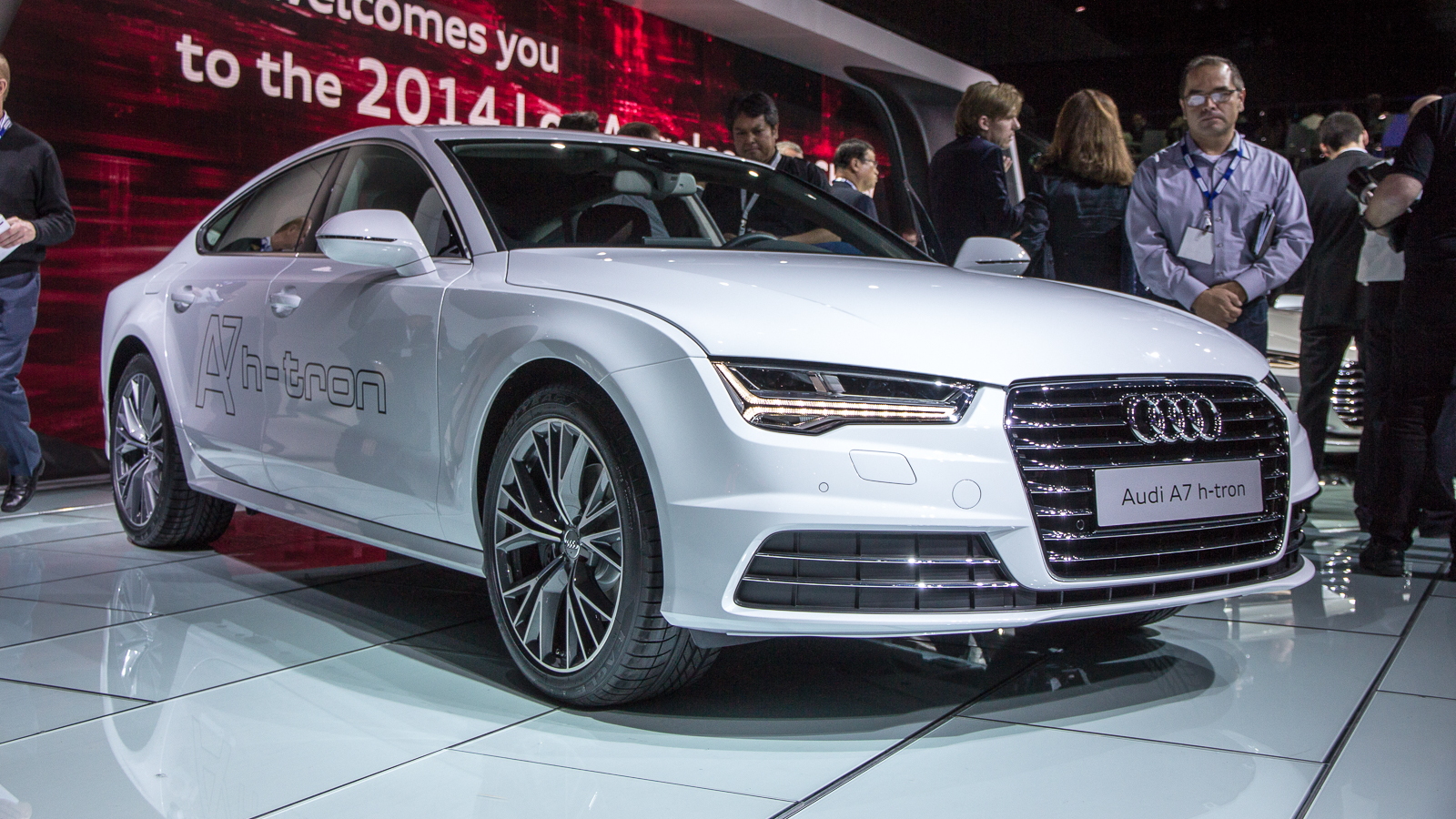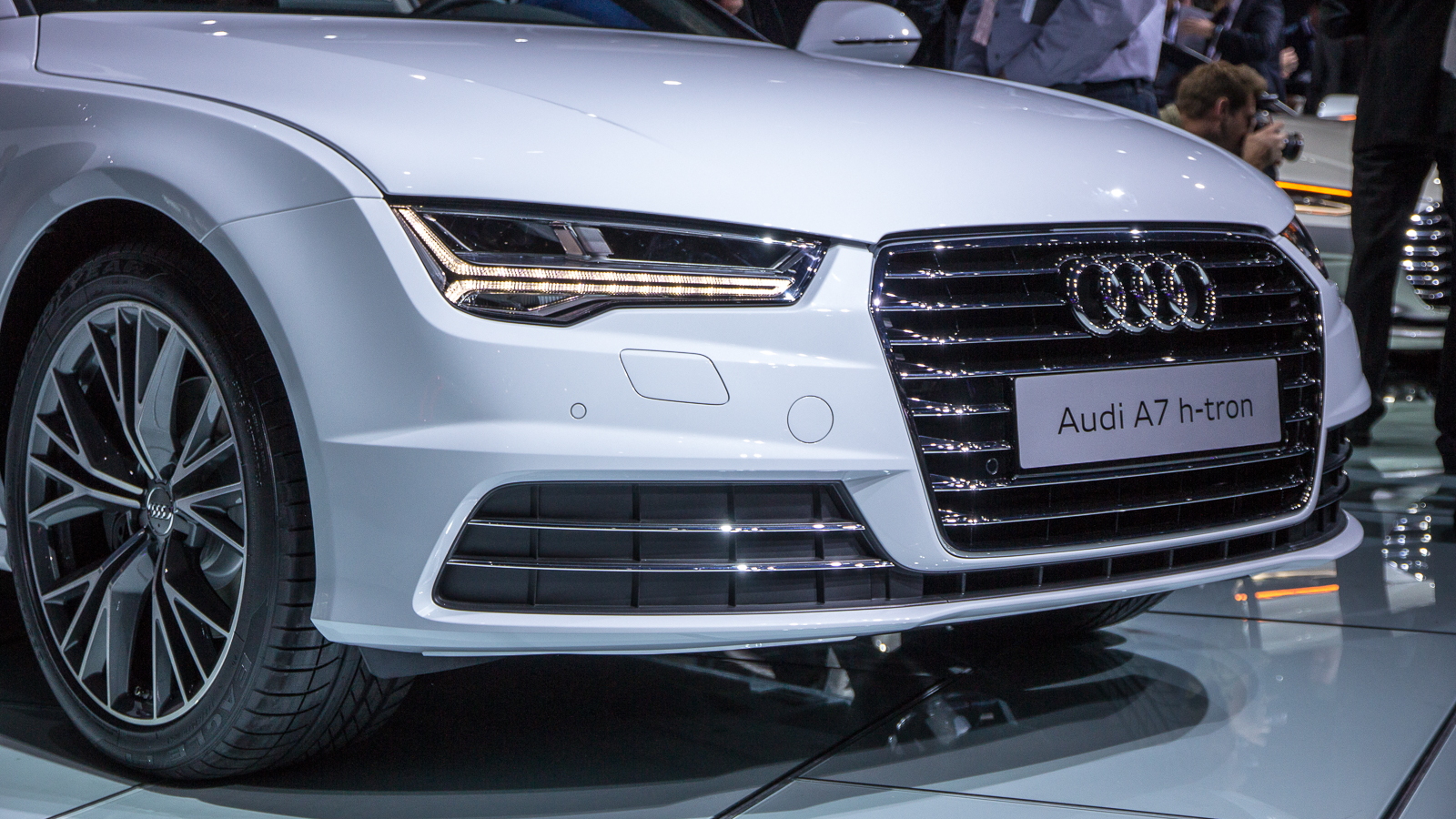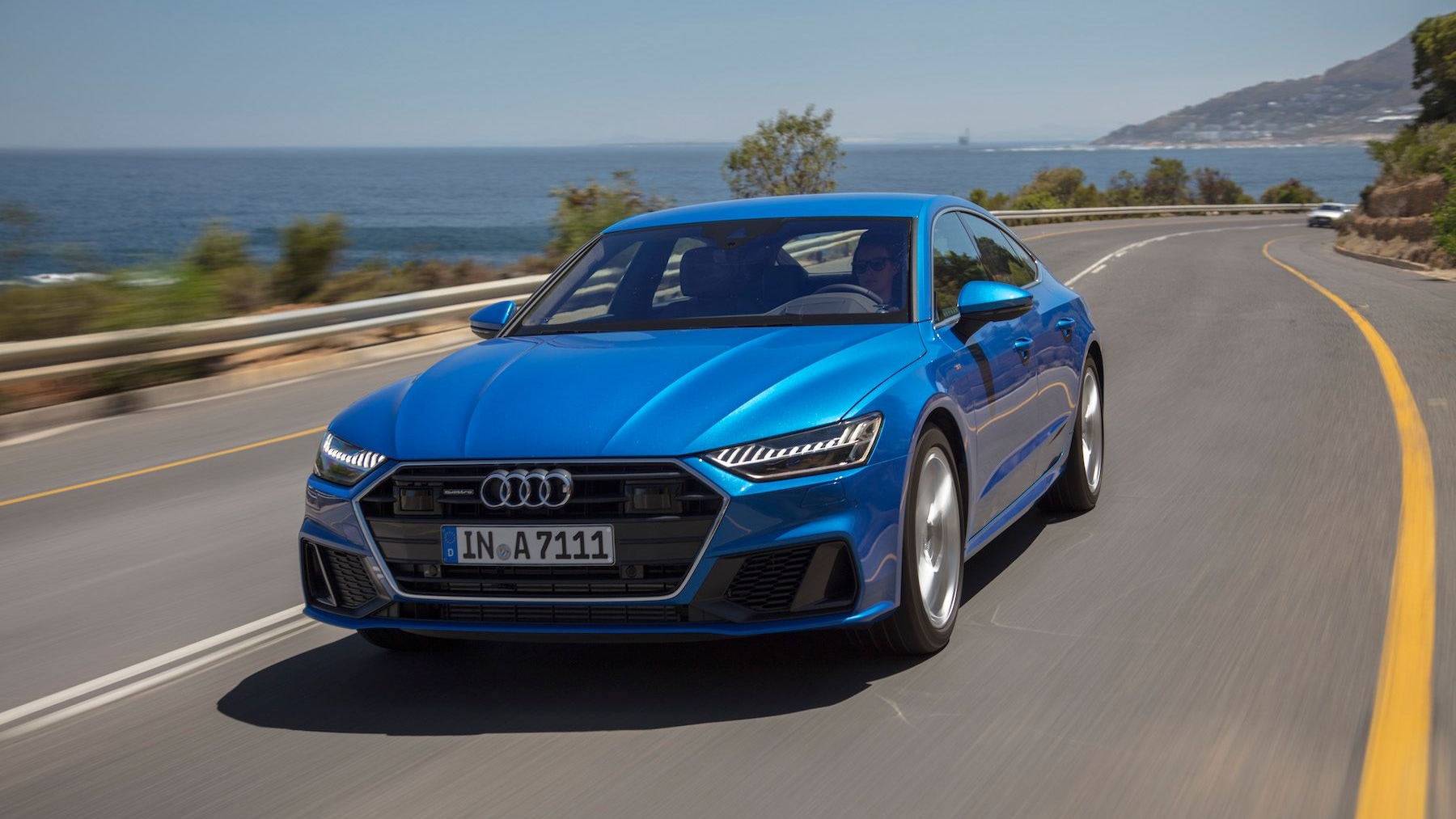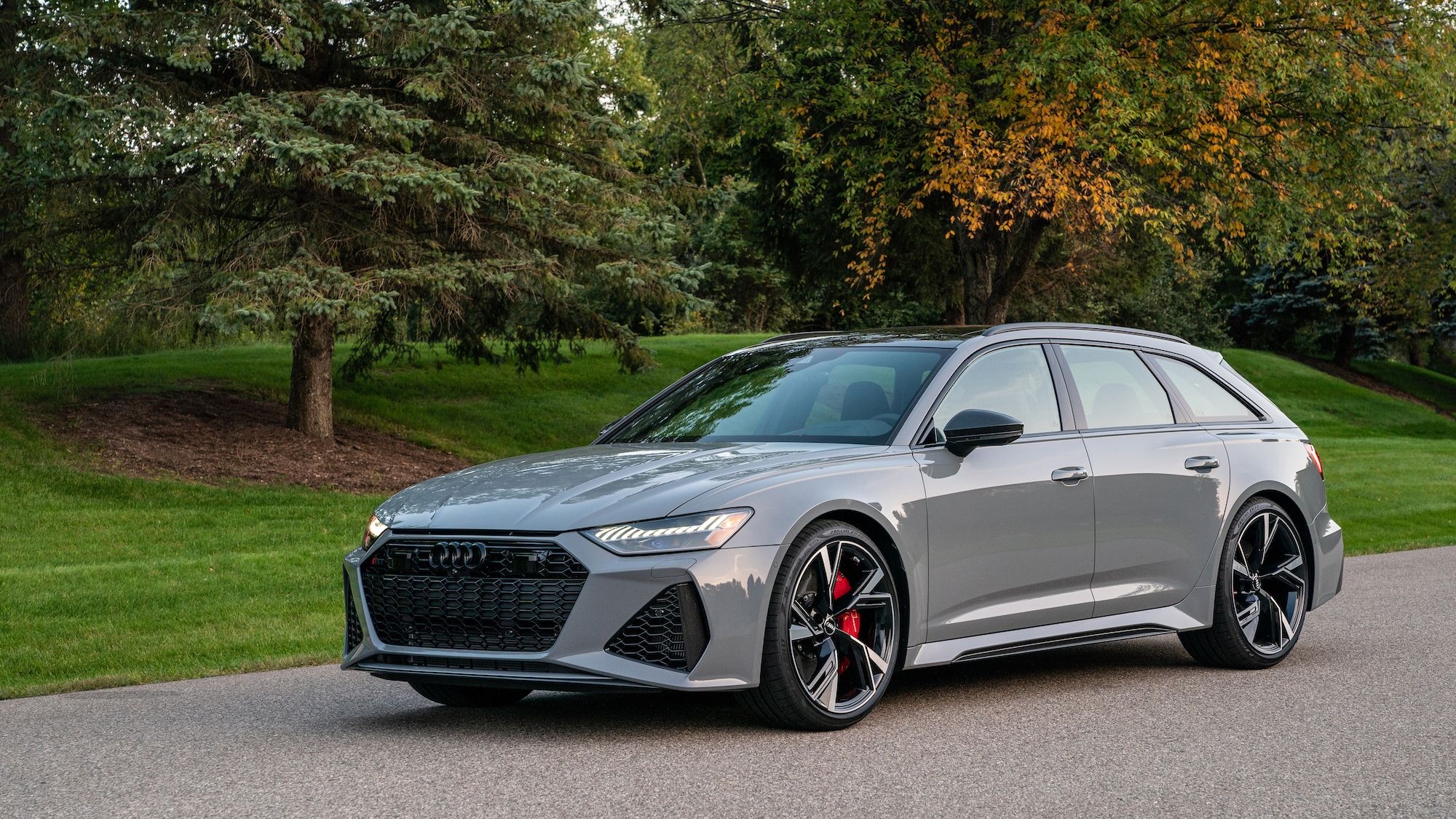It was back in June that we first learned Audi was working on a version of its A7 powered by a hydrogen fuel cell. Today, at the 2014 Los Angeles Auto Show, the German automaker presented its A7 fuel cell vehicle which has been labeled the A7 h-tron quattro. Though still a concept, the vehicle shows that the brand with the four rings is ready to deploy such technology should the market demand it.
MUST SEE: 2016 Ford Mustang Shelby GT350 Packs New V-8, Serious Track Upgrades: Video & Live Photos
Unlike many of the fuel cell vehicles we’ve seen in the past, the A7 h-tron quattro, as its name suggests, features an all-wheel-drive system, hence the "quattro" part of its name. An electric motor is fitted at either axle, with the electricity to power them coming from either the fuel cell or a lithium-ion battery that can be charged up from home or topped up with regenerative braking.
Peak output for the system is 170 kilowatts (228 horsepower) and 398 pound-feet of torque, and the driving range on a full tank of hydrogen is 310 miles. This range can be boosted by 31 miles if the vehicle’s battery is also fully charged.
The fuel cell in the Audi concept is installed at the front, mirroring the conventional A7 with a combustion engine. Because the exhaust system only has to handle water vapor, it is made of lightweight plastic. The fuel cell itself comprises over 300 individual cells that together form a stack. The core of each of these individual cells is a polymer membrane, and there is a platinum-based catalyst on both sides of the membrane.
This is how the fuel cell works: Hydrogen is supplied to the anode, where it is broken down into protons and electrons. The protons migrate through the membrane to the cathode, where they react with the oxygen present in air to form water vapor. Interestingly, the air is fed to the system at high-pressure thanks to turbocharging!
DON'T MISS: 2016 Mercedes-Maybach S-Class Debuts At 2014 Los Angeles Auto Show: Video
Meanwhile, outside the stack the electrons supply the electrical power—depending on load point, the individual cell voltage is 0.6 to 0.8 volts.The entire fuel cell operates in the voltage range of 230 to 360 volts.
Despite all the tech, the vehicle weighs 4,299, which is comparable with many luxury vehicles today. It will also sprint to 62 mph from rest in a reasonable 7.9 seconds. Top speed is 112 mph. A power meter—in the place of the rev counter in the instrument cluster—informs the driver of the momentary power flow.
There are four hydrogen tanks fitted to the vehicle, located beneath the base of the trunk, in front of the rear axle, and in the center tunnel. An outer skin made from carbon fiber reinforced polymer (CFRP) encases the inner aluminum shell.
As mentioned, there are no plans to put the A7 h-tron quattro into production, but some of its technology may appear in a hydrogen-powered fuel cell vehicle from Audi one day.
Also present on Audi’s stand at this week’s 2014 L.A. Auto Show is the Prologue concept, which showcases the brand's new design language. To read about it and other cars appearing in L.A., head to our dedicated show hub.
_______________________________________
